Powering Your Home with Sunshine: A Guide to Installing Solar Cells
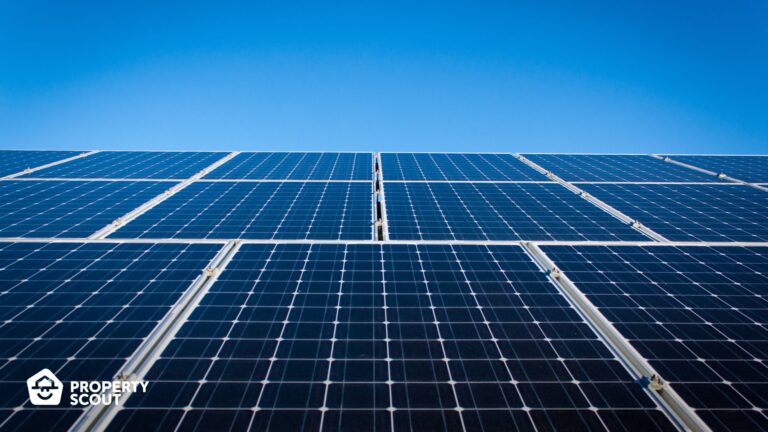
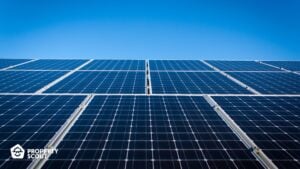
In a world where sustainable living has become increasingly crucial, harnessing the power of the sun is more than just a trend; it's a transformative choice. Imagine generating your own clean and renewable energy, reducing your carbon footprint, and taking control of your electricity bills. Solar cell installations offer a remarkable opportunity to embrace a brighter future for both your home and the planet. In this comprehensive guide, we will walk you through the essential steps and considerations to turn your roof into a green powerhouse. So, get ready to unlock the full potential of solar energy and embark on a sustainable journey that not only benefits your home but also contributes to a greener tomorrow. Let's dive in and shed some light on the incredible possibilities of solar cell installations!
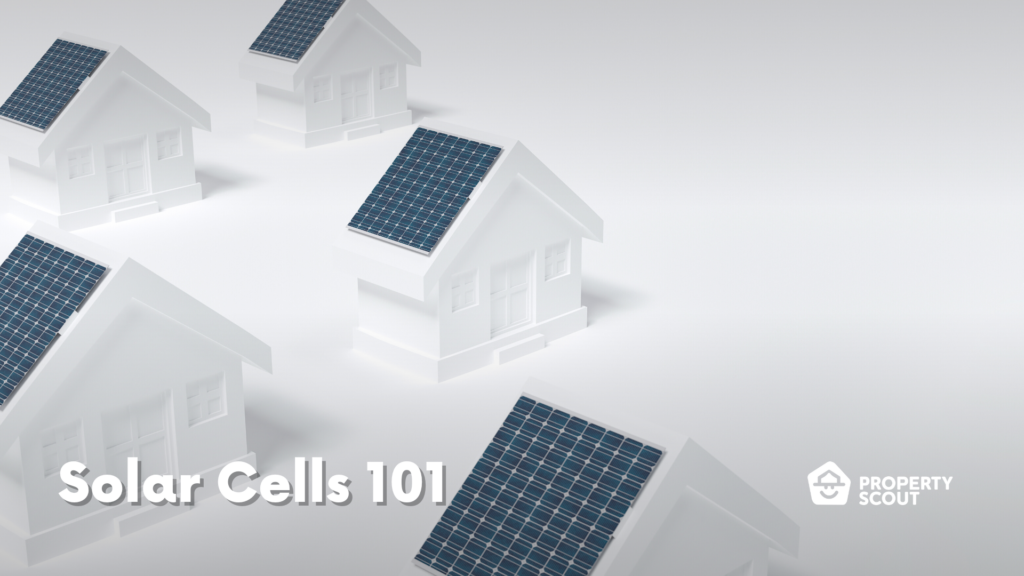
What are Solar Cells
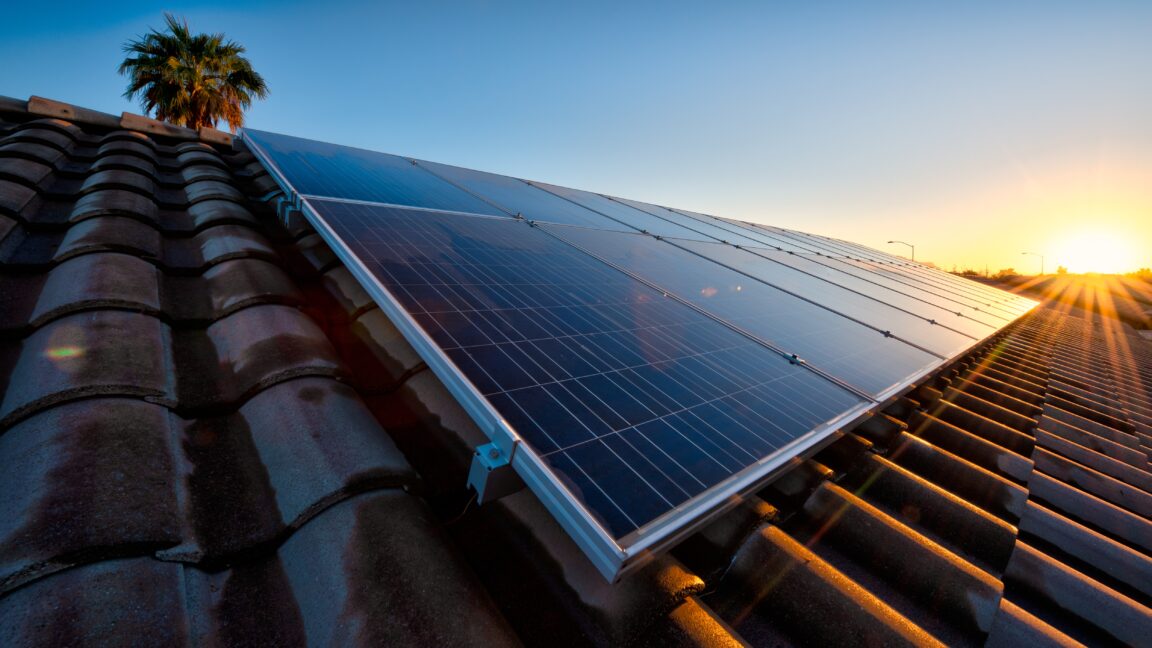
'Solar Cells' or 'photovoltaic panels' are electronic devices that can convert 'light energy' or 'photons' into electrical energy through the phenomenon of 'photovoltaic effect'. This phenomenon alters the resistance, voltage, and current when exposed to light, without the need for an external power source. Simply put, if you connect a light bulb to a solar cell, the bulb will light up. It's a clean energy source, free from real pollution. We can harness this energy without limitations.
How do Solar Cells work

As mentioned earlier, solar cells operate through the phenomenon of photovoltaic effect, where they convert sunlight into electricity. However, this phenomenon occurs when these 3 fundamental properties are present:
- The absorption of light to create either electron-hole pairs or excitons.
- The separation of different types of charge carriers.
- The extraction of these separated charge carriers out into the external circuit.
Types of Solar Cells
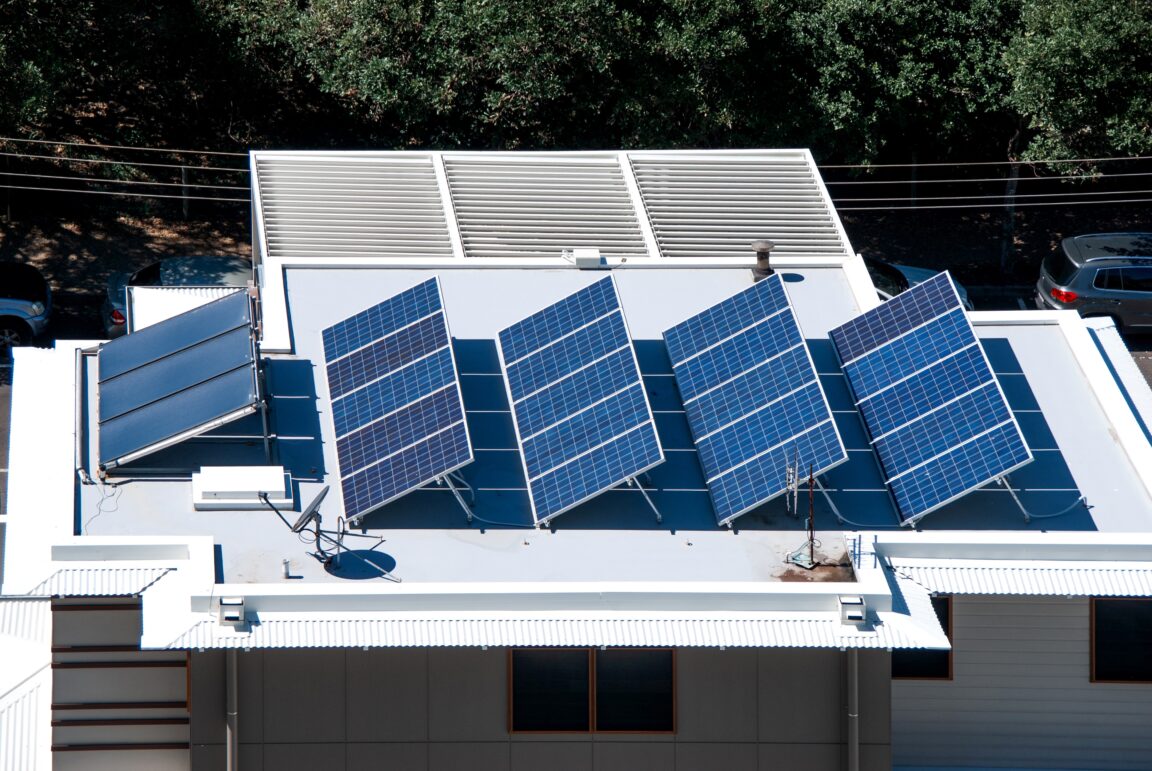
The following are the three types of solar cells:
- Monocrystalline Silicon Solar Cells
- Polycrystalline Silicon Solar Cells
- Thin Film Solar Cells
Here are the three different types of Solar Cells
Monocrystalline Silicon Solar Cells
Mono-Si or single-crystalline silicon solar cells are manufactured from high-purity silicon using the Czochralski process. These panels have a rectangular shape with all four corners cut off and appear dark in color. This manufacturing process ensures maximum efficiency by aligning the crystal structure in the center and minimizing the use of mono-Si raw materials.
Benefits
- Mono-Si solar cells exhibit exceptional energy conversion efficiency on an average between 15% and 20% due to its highest-grade silicon
- They have a maximum lifespan of up to 25 years on average.
- They require less space but can generate up to 4 times the electricity as compared to other types of solar cells.
- Mono-Si solar cells, even under less sunlight, are capable of producing more electricity compared to other types of solar panels.
Drawbacks
- Most expensive out of all the solar cells.
- Dirt accumulation or improper installation in a way that some parts don't receive sunlight can potentially lead to circuit or inverter damage due to High Over Voltage conditions.
Polycrystalline Silicon Solar Cells
This type of solar panel, known as 'polycrystalline' (p-Si) or sometimes referred to as 'multi-crystalline' (mc-Si), is produced from general silicon melt. It has a rectangular shape without trimmed corners, and the color of the panel appears in a light blue tone. The production process involves melting silicon or glass and then pouring it into rectangular molds.
Benefits
- If used in high-temperature conditions, polycrystalline solar cells tend to be more effective compared to mono-Si solar cells.
- Cheaper than Monocrystalline solar cells.
- Polycrystalline solar panels have a simple and straightforward manufacturing process and require a lower amount of silicon compared to mono-Si solar panels.
Drawbacks
- Polycrystalline solar cells have an average energy conversion efficiency ranging from 13% to 16%, which is lower than that of mono-Si solar panels.
- Polycrystalline solar cells have a light blue color tone, which sometimes appears pale and may not aesthetically blend well with the environment.
- In low-light conditions, polycrystalline solar panels tend to have lower efficiency per unit area compared to mono-Si solar cells.
Thin Film Solar Cells
Thin film solar cells are solar cells that are made by depositing multiple layers of materials capable of converting solar energy into electricity. Due to their layered structure, they are commonly referred to as "thin film" panels. However, these panels are not widely popular for residential installations due to their lower average efficiency of around 7% - 13%. Additionally, they have a shorter lifespan compared to other types of solar cells.
Benefits
- In high-temperature conditions, this type of solar panel has less impact compared to other types.
- The manufacturing process is not complicated, allowing for large-scale production and is affordable.
Drawbacks
- Low efficiency in electricity production.
- Shorter warranty period in comparison to the aforementioned two types.
- Low efficiency, compared to the aforementioned two types of solar cells, under low sunlight.
- Costly installation due to large amounts of required components (such as wiring and connectors) and multiple quantities in the installation.
Installation Types
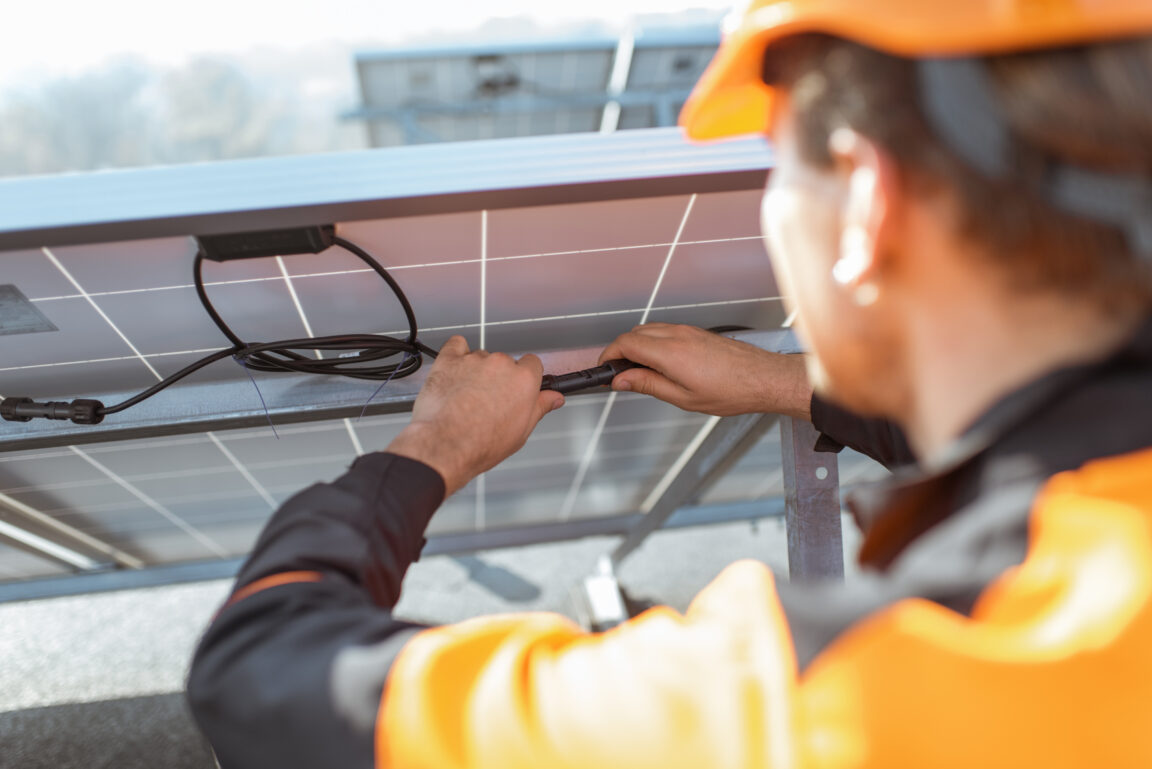
For the main usage of solar cells, they can be divided into 3 primary systems suitable for different applications and installation areas. These three systems have distinct differences as follows:
‘Off-Grid‘
- This is a standalone solar cell system that is not connected to the electrical grid. Harnessing the power of sunlight, it generates electricity directly, eliminating the need for grid connection. What sets this system apart is its ability to store excess energy in batteries, all without requiring permission from utility companies. This makes it a perfect solution for locations without access to grid electricity, like mountains, forests, islands, and remote areas.
‘On Grid’
- This system is ideal for residential homes, offering the convenience of using electricity directly as it is produced. Unlike other systems, it does not store excess energy in batteries for backup. Prior approval from the utility company is required before utilizing this system. Currently, it remains the most popular choice for homeowners seeking a reliable and sustainable energy solution.
‘Hybrid’
- The hybrid system combines the Off-Grid and On-Grid systems, allowing the integration of electricity from the grid with power generated by solar cells, as well as stored energy in batteries. In simple terms, it enables the use of both grid electricity and solar energy, with the battery serving as an additional power source. However, this system cannot sell the excess electricity back to the grid, and it comes with a relatively higher installation cost. As a result, it is currently not as popular due to these limitations.
Installation Benefits and Usage

The following are the key purposes for solar cell installations in houses:
- To save electricity costs during daylight hours by utilizing the solar power generated when the sun is shining.
- To store energy in batteries to power electrical appliances during emergency situations such as power outages.
Installation Benefits
- Can recoup the installation cost within a few years.
- Saving electricity costs start from the beginning of use.
- Helps reflect heat and reduce indoor temperatures by 3-5 degrees Celsius.
- Provides clean energy, without contributing to pollution, and can be used freely without considering installation costs.
- Generates electricity as an alternative to fossil fuel-based energy, contributing to environmental conservation by reducing various environmental issues, as the energy produced does not emit greenhouse gases like other energy sources.
When it comes to solar panels, a common size is 120 x 60 centimeters, or roughly 0.72 square meters. On average, these panels can generate approximately 100 watts of electricity. To put it into perspective, if you aim to have 1 kilowatt-hour of electricity per hour, you would need to install a total of 10 solar panels.
Considering the power consumption of typical household appliances, this amount of electricity is quite substantial. It can comfortably run essential devices like refrigerators, fans, and televisions. In fact, you can even power an air conditioner with a capacity of up to 12,000 BTU.
Solar Cell Selection Tips
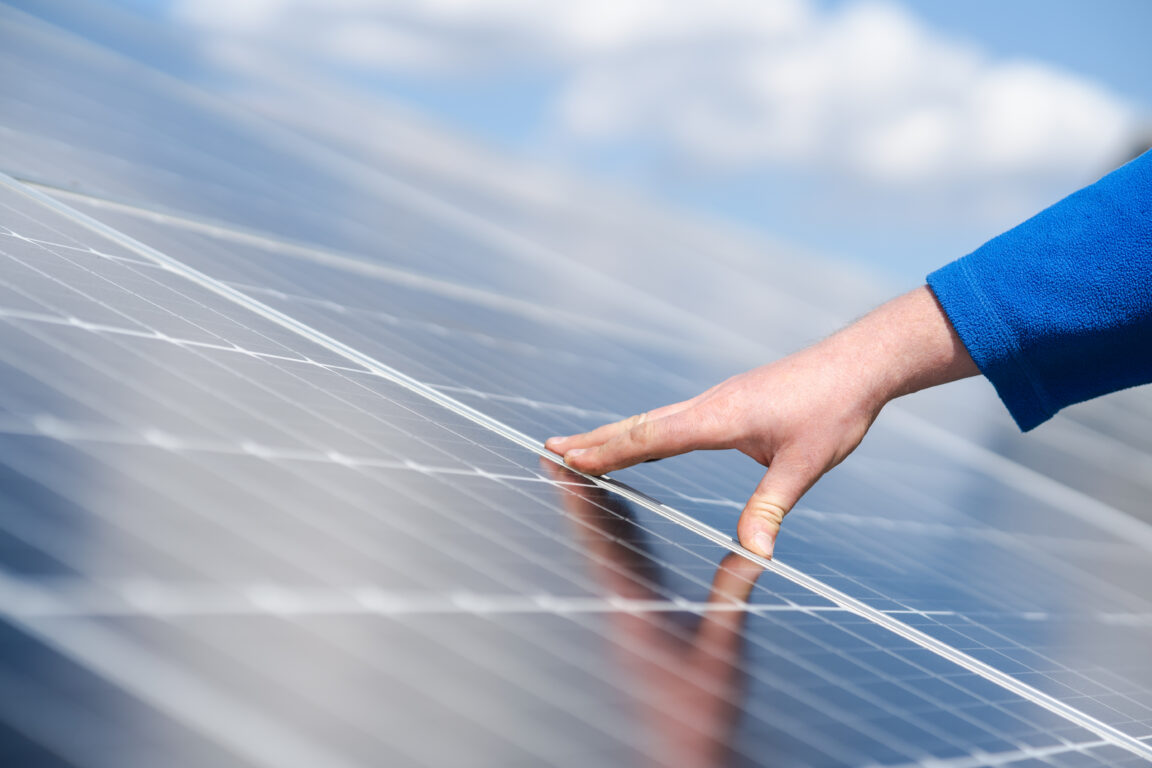
In the present day, it is evident that a considerable number of individuals are showing interest in installing solar panels on their residential properties. The growing movement towards sustainable living is gaining traction, and there have been notable advancements in the quality of solar cells. With this in mind, we have compiled a set of valuable tips for individuals seeking guidance on how to choose and purchase the right solar cells for their specific needs.
Choose the solar cells that match your budget and preferences
When it comes to solar cells, consider your budget and usage needs. Different types offer varying performance capabilities.
Consider the size, power output, and efficiency
After selecting the appropriate solar cell type, the next factors to consider are cost-effectiveness and efficiency. Keep in mind that solar panels with higher power output generally have larger physical dimensions. Therefore, it is crucial to consider the available installation space alongside these factors.
Comparing power output and quality of use.
When planning to install solar cells, it's crucial to consider your overall home power consumption. Whether it's your air conditioning, refrigerator, television, or other electrical appliances, accurately calculating your electricity demand is essential for selecting the right inverter. PropertyScout suggests estimating your total electricity usage to be around 30% - 40% of the inverter's capacity.
Moreover, during the transition to solar cell installation, it's recommended to opt for standardized equipment. For instance, choose wiring capable of withstanding temperatures of 80 degrees Celsius or higher, and select circuit breakers that offer excellent water and heat resistance. These measures ensure a safe and reliable system operation.
Warranties
Lastly, but certainly not least, it's crucial to note that the most expensive solar panels may not always equate to the highest quality. Therefore, besides considering cost-effectiveness and equipment quality, it is vital to prioritize the warranty period. Lower-priced solar panels typically come with warranties that cover equipment and manufacturing defects for approximately 10 years. However, reputable global brands, backed by awards, certifications, or extensive experience in solar panel manufacturing, often offer longer warranties. These warranties not only cover the solar panels but also extend to the inverter and post-sales services.
Conclusion
In conclusion, harnessing the power of the sun to fuel your home is not only a sustainable choice but also a smart investment. By considering factors such as budget, usage requirements, cost-effectiveness, efficiency, and warranty, you can confidently choose the right solar panels for your needs. As technology continues to advance, solar panels are becoming more efficient and affordable, making it an opportune time to embrace this renewable energy source. So, take the leap and join the growing community of solar-powered homes, as together we pave the way towards a brighter and greener future. Let the sun shine on your home, and let the power of solar cells transform the way you live.
Find your ideal property, available for sale or rent in the best prices possible, or list your property for sale or rent here. Alternatively, if you have any further questions, please get in touch with us:



